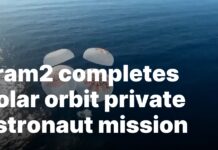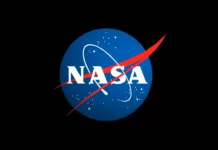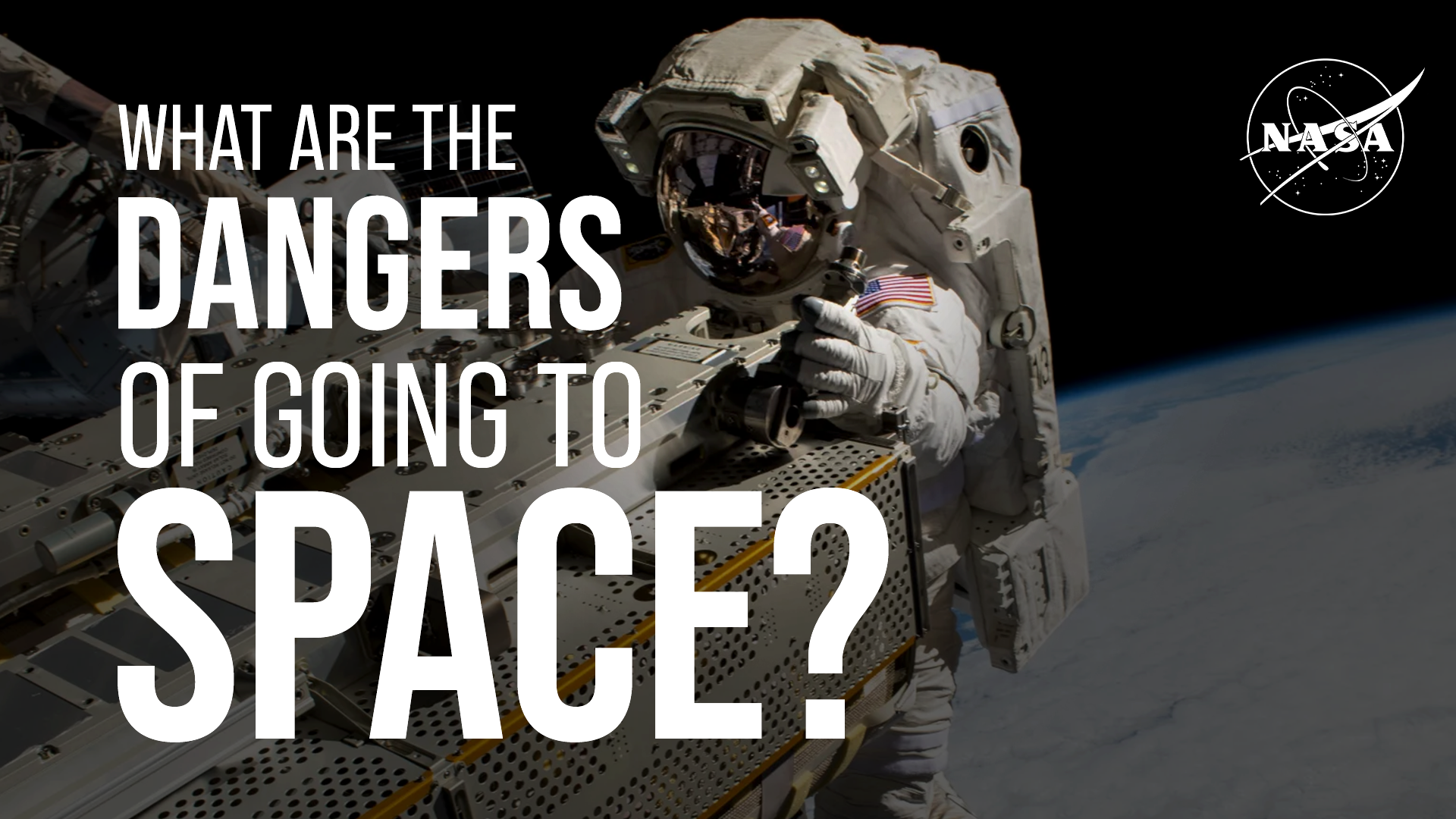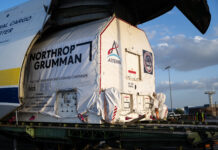The Challenges and Risks of Human Space Exploration
The journey to space is an awe-inspiring feat that captures the imagination of many. However, the path to the stars is fraught with numerous hazards that astronauts must contend with. In this article, we delve into the potential dangers associated with human spaceflight and the measures taken to mitigate these risks.
Launching into the Unknown
The first significant hurdle in space travel is the launch itself. Astronauts are strapped to a rocket that propels them out of Earth’s atmosphere. This phase is inherently risky due to the immense energy involved and the complexities of rocket technology. Any malfunction during launch could have catastrophic consequences, making it one of the most dangerous phases of any space mission.
The Perils of Space Radiation
Once astronauts leave the safety of Earth, they are exposed to various forms of radiation that can pose severe health risks. Space is teeming with radiation from multiple sources. The Sun emits solar particles, and the universe is filled with galactic cosmic rays. Both of these can damage human DNA, leading to long-term health issues such as cancer.
On Earth, we often use sunscreen to shield ourselves from harmful UV rays. In space, astronauts rely on the protective shielding of their spacecraft to reduce their exposure to radiation. However, the effectiveness of this shielding is limited, and prolonged exposure remains a concern for long-duration missions, such as those to Mars or beyond.
The Effects of Microgravity
Living in space also means dealing with microgravity, an environment where the force of gravity is much weaker than on Earth. This condition can lead to significant health issues, including bone density loss and muscle atrophy. To counteract these effects, astronauts engage in rigorous exercise routines for several hours each day. This physical activity helps maintain their muscle mass and bone strength during their time in space.
Sustaining Life in Space
Ensuring that astronauts have enough supplies for the duration of their mission is another vital aspect of space travel. Running out of food or essential resources could jeopardize the safety and success of a mission. NASA meticulously plans and prepares to ensure that all necessary supplies, including food, water, and medical equipment, are available throughout the mission.
NASA’s Commitment to Safety
NASA, along with other space agencies, continuously works on strategies to minimize the risks associated with space exploration. Their goal is to ensure that astronauts can safely return home after their missions. Through extensive research and technological advancements, NASA is developing ways to improve spacecraft shielding, create more effective exercise regimens, and devise sustainable life-support systems for long-term missions.
Conclusion
Human space exploration is a complex and challenging endeavor, fraught with numerous risks. From the perils of launch and radiation exposure to the effects of microgravity and the need for sustainable life-support systems, each aspect presents unique challenges. Despite these obstacles, the determination and ingenuity of scientists and engineers continue to push the boundaries of what is possible, paving the way for a future where humans can explore the cosmos more safely and effectively.
For those interested in learning more about the intricacies of human space exploration, NASA offers a wealth of resources, including full video episodes and playlists, which can be accessed on their official website and YouTube channel. These resources provide valuable insights into the ongoing efforts to overcome the challenges of space travel and ensure that future missions are as safe and successful as possible.
For further information, you can explore NASA’s official website and YouTube resources, including their full episode list and comprehensive playlist, which delve deeper into these topics and more.
For more Information, Refer to this article.


































![Samsung’s Breakthrough Fuels Progress in Science and Industry: Interview How Samsung’s Engineering Feat Became a Catalyst for Scientific and Industry Advancement [Interview on Real Quantum Dots Part 2.]](https://www.hawkdive.com/media/samsung-tvs-and-displays-samsung-quantum-dots-technology-qled-tvs-quantum-dots-experts-interview-par-218x150.jpeg)